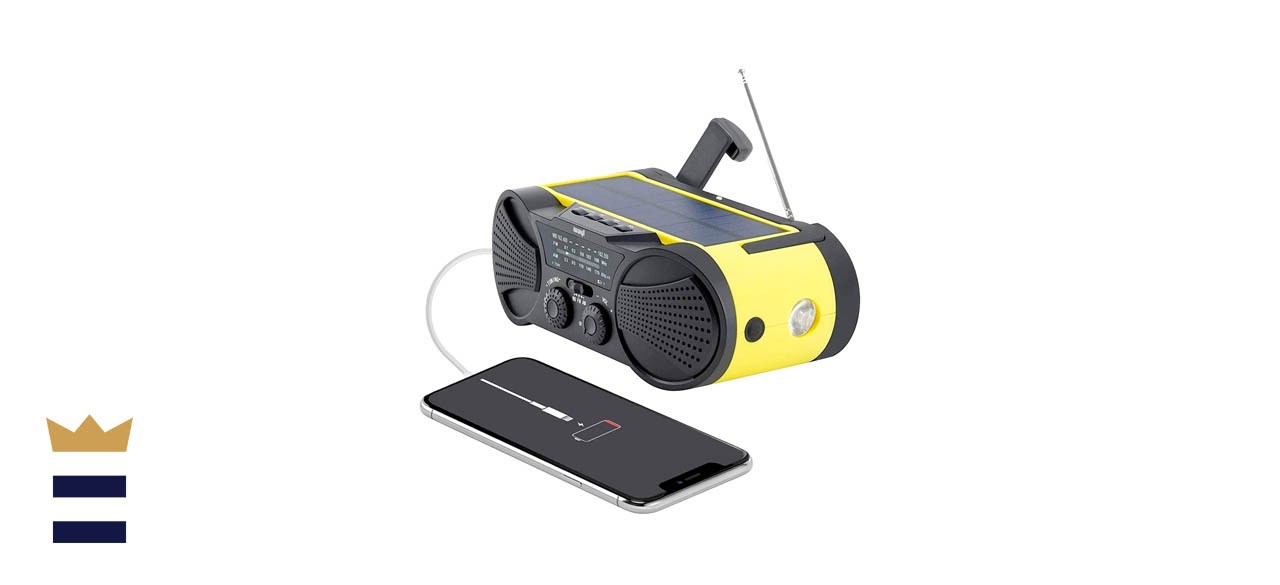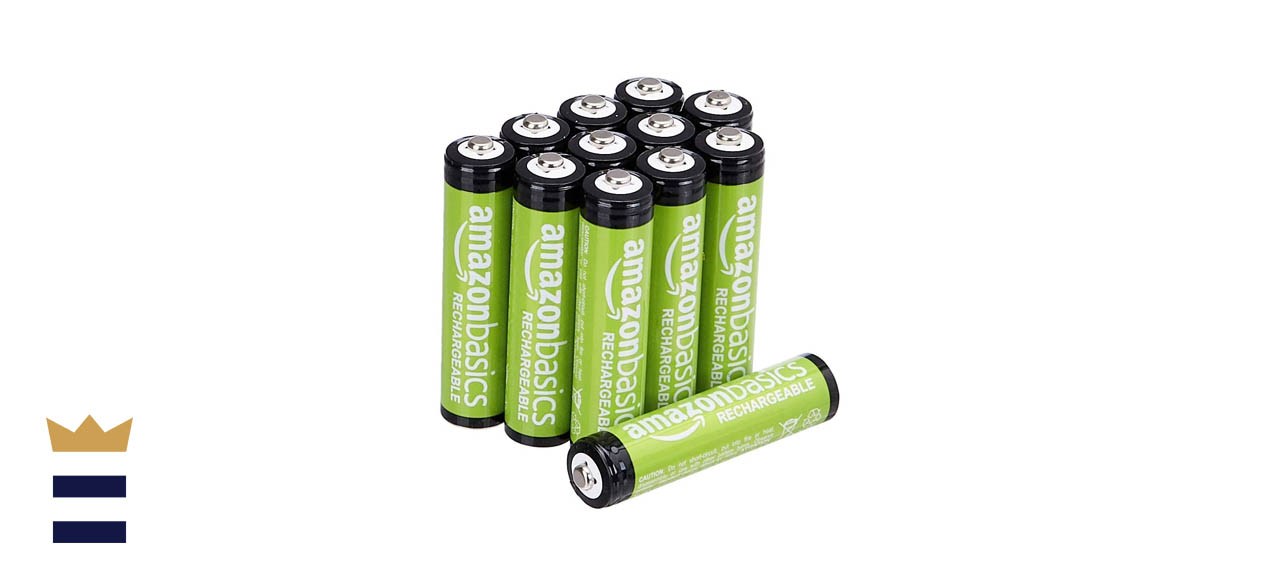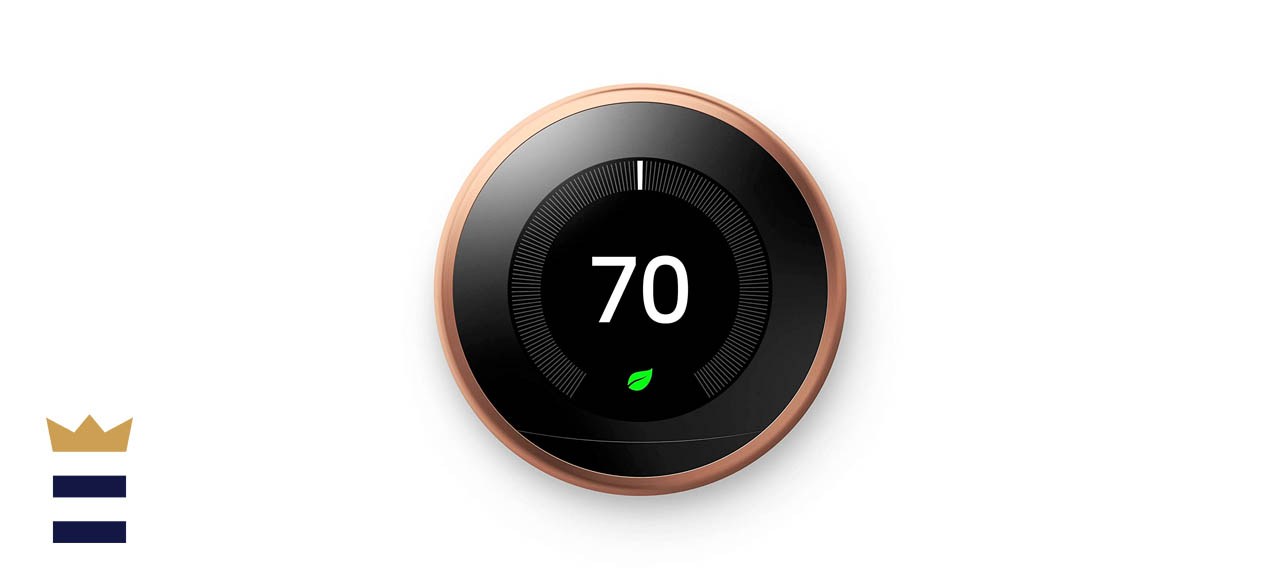If you’ve ever lost power to your home for more than a minute or two, you know how apocalyptic it can feel. Losing power is not merely a minor inconvenience; it also represents the unexpected loss of creature comforts such as communication, entertainment, sanitation, food preparation, illumination, and environmental control.
Indeed, electricity is the invisible force that keeps other important elements of our daily lives in good running order. So how you do you survive when the power goes out? Below, we discuss some important facts about power outage as well as what you can do before, during, and after a power outage to safeguard yourself and your home.
It’s all about power
Utility companies use a complex series of grids, substations, and transmission lines to deliver electricity from a power plant to subscribers. Maintaining and regulating this power is a delicate balancing act between supply and demand, with an emphasis on consistency and reliability. Fortunately, catastrophic power outages are few and far between.
However, there are a number of things that could go wrong. Some of these events can be corrected within minutes by diverting the power supply or making minor repairs. Others, such as natural disasters or cascading blackouts, can lead to days, weeks, or even months without full electrical service. Here are some common causes of power outages.
- Animal encounters (of the substation kind)
Substations are heavily protected from human trespassers through fencing, alarm systems, and signage. Unfortunately, squirrels and other feral animals can climb these fences and evade detection. The result is often a localized power outage when the animal trips a breaker switch on its journey to eternal enlightenment.
- Extreme power demands
Some power outages occur as a result of excessive consumer demand on the system. Extremely hot or cold weather often triggers an equal and opposite reaction from customers who reach for the thermostat during a heat wave or cold snap. When demand outweighs supply, a brownout or even a blackout is possible.
- Natural disaster events
Almost all natural disasters, from wildfires to hurricanes to floods, put a tremendous strain on the power grid. During these events, the question of a complete power outage usually shifts from “if” to “when”. Power outages are frequently the Robin to an ice storm’s Batman, and restoration of power is directly tied to the repair of downed power lines and damaged equipment.
- Random events
Some power outages occur because of random events such as lightning strikes, vehicular accidents, or equipment failures. A car might hit a utility pole, taking out a transformer or a transmission line. A lightning strike or localized fire at a substation could trigger an outage.
What to do before a power outage occurs
A power outage can occur at any hour of the day, and it can last any amount of time. While it can’t always be predicted, it should be anticipated. There are some practical things a person can do to minimize the effects of an extended power outage before it even happens. Forewarned is definitely forearmed, especially when other natural disasters are in the forecast.
Sometimes, playing a game of “what if?” can help generate a list of things to do in case of a power outage. What if the refrigerator loses power? What if the hot water tank stops working? What if the home computer shuts down? What if the central air conditioner or heater shuts off? These are questions that should accompany every major appliance and service in the home.
Here are some tips on what to do before a power outage occurs.
- Invest in alternative power sources.
The most obvious example of investing in alternative power is keeping a supply of batteries on hand for flashlights, but it goes beyond that. Consider buying a Coleman PowerPack Propane Stove for emergency meal preparation, along with canisters of fuel. Many electronic devices respond well to a DC-powered car adapter. A small gas generator can provide power for several vital appliances.
 Purchase a weather radio for important updates. Some emergency devices even include a hand-cranked generator as an alternative power source.
Purchase a weather radio for important updates. Some emergency devices even include a hand-cranked generator as an alternative power source.
- Keep important devices fully charged at all times.
This includes cellphones, laptop computers, and radios with rechargeable batteries. You may not be able to recharge these devices during an extended power outage, but at least you’ll have enough juice to send out emergency emails, contact first responders, and receive updates on current conditions.Keep your gas tank full whenever possible, too, because many gas stations are affected by power outages, and a car can become a lifeline during a natural disaster.
- Keep emergency lighting supplies on hand.
 A major challenge during a long power outage is navigation through the dark. The first thing many people seek during a blackout is illumination — a candle, battery-powered lamp, glow stick, or flashlight. Make sure everything is in working order and that you have an ample supply of matches, lighters, or batteries to keep these devices running.
A major challenge during a long power outage is navigation through the dark. The first thing many people seek during a blackout is illumination — a candle, battery-powered lamp, glow stick, or flashlight. Make sure everything is in working order and that you have an ample supply of matches, lighters, or batteries to keep these devices running.
- Stock the pantry with shelf-stable food and beverages.
 When the power goes out, it may very well take your stove, microwave, deep freeze, and refrigerator along for the ride. Local grocery stores and restaurants may also be suffering from the effects of a power outage, so having shelf-stable food items on hand can make the situation a lot more bearable. The same holds true for beverages that do not require refrigeration or heating. Shelf-stable milk, bottled water, and sealed juice boxes can all be welcome additions to an emergency pantry.
When the power goes out, it may very well take your stove, microwave, deep freeze, and refrigerator along for the ride. Local grocery stores and restaurants may also be suffering from the effects of a power outage, so having shelf-stable food items on hand can make the situation a lot more bearable. The same holds true for beverages that do not require refrigeration or heating. Shelf-stable milk, bottled water, and sealed juice boxes can all be welcome additions to an emergency pantry.
What to do when a power outage occurs
The lights blink out, the computer screen blackens, and the air conditioner suddenly goes silent. Now what? The first few minutes after a power outage often call for some strategic thinking. Appliances need to be switched off because a sudden power surge could damage them or overload the electrical grid. Emergency lighting is a critical need, along with a family head count. Here are some other practical actions to take during a power outage.
- Follow the other natural disaster rules of engagement.
Electrical power will eventually be restored, but the immediate effects of a tornado, hurricane, or earthquake are much higher priorities. Regardless of the power situation, it’s more important to evacuate the building or shelter in place until it is safe to take any other action. Shutting off the stove or turning off the thermostat can wait if your life is in danger.
- Leave one lamp or radio switched on, but turn everything else off.
You’ll want a way to determine if the power has been restored, but you don’t want to overwhelm the electrical grid with heavy appliances that draw a significant amount of power on start-up. Computers and other delicate electronics could also be damaged if the restored power spikes.
- Keep refrigerator and freezer doors shut.
If the power outage lasts just a few hours, your refrigerator or freezer may have enough insulation to keep foods at safe temperatures. Any food removed from the refrigerator during a power outage should be prepared immediately to avoid spoilage.
- Prioritize appliances and devices according to need.
Most gas-powered emergency generators have a limited amount of power production. A source of light, a box fan, a cell phone charger, and a hot plate may be all that you need until power is restored. Avoid overwhelming a portable generator by plugging in appliances with high amperage requirements — clothes dryers, hot water tanks, air conditioners, and the like.
- Contact the utility company as soon as possible.
It may seem like an exercise in futility, but calling the utility company’s emergency line during a crisis situation provides some very valuable information. Utility crews often prioritize repairs and restorations based on the most critical needs.
What to do when power is restored
Once power is fully restored, the temptation to do too much too soon is always there and hard to resist. The best course of action is to systematically turn on a few appliances or services at a time, avoiding the larger power consumers as long as possible. An electric water heater should start producing hot water soon after power is restored, and the central HVAC system will start cooling air again. The refrigerator will start humming, and computers will spring back to life. It just won’t happen all at once.
Remember to reset any clocks or timers that may have been affected by the power outage. This includes microwaves, oven clocks, smart thermostats, alarm systems, sprinkler systems, and so on. TVs and other remote-controlled devices may need to be reset manually. Answering machine messages and time stamps could also be affected. Emergency generators will need to be stowed away for future use. Spoiled food will need to be thrown away and replaced.
Sign up here to receive the BestReviews weekly newsletter for useful advice on new products and noteworthy deals.
Michael Pollick writes for BestReviews. BestReviews has helped millions of consumers simplify their purchasing decisions, saving them time and money.
Copyright 2021 BestReviews, a Nexstar company. All rights reserved.


